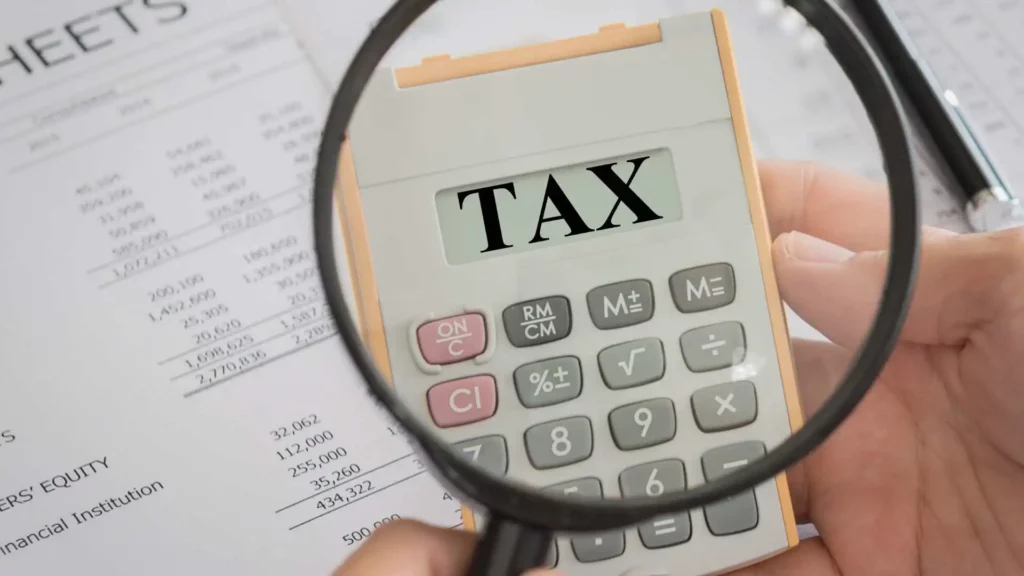Did you know that nearly 10 million homes in the United States rely on wood as a primary heating source, according to the US Energy Information Administration? Wood is renewable and relatively inexpensive to use in heating a home. To further incentivize the installation of efficient wood stoves, the government provides a Federal tax credit for wood stoves to homeowners who install high-efficiency wood-burning appliances.
Federal tax credits offer households a great chance to purchase highly efficient and ecological heating systems with big financial benefits. In this blog, we will discuss everything you need to know concerning the federal tax credit on wood stoves, including eligibility requirements, claiming the credit, and what benefits it might have.
Federal Tax Credit for Wood Stoves
As the world moves towards eco-conscious lifestyle habits, the federal biomass tax credit is encouraging American homeowners to reduce their carbon footprint and invest in efficient home energy. Effective January 1, 2023, until December 31, 2032, taxpayers who install qualifying wood and pellet stoves will get a 30% tax credit, (maximum $2,000) every year.
It will depend on the full cost of the unit, including installation. This incentive is also beneficial for homeowners looking to transition from other heating methods such as electric or gas to renewable biomass fuels.
Understanding Wood Stoves and Energy Efficiency
Wood stoves have made great strides in terms of efficiency and environmental impact. Modern, EPA-certified wood stoves have much higher thermal efficiency ratings than older ones. This means they convert more of the energy available in the wood into heat, which can be used by your home, thereby reducing the wastage of fuel and the harmful gases produced from them.
Higher Heating Value (HHV) efficiency is the primary measure of wood stove effectiveness. This number refers to the proportion of heat from the wood that eventually makes it into your living area. Moreover, modern wood stoves outshine their predecessors in this respect, with HHV efficiency ratings that are significantly better than those of older models.
When looking for a tax credit for a wood stove, choose a model with a Higher heating value (HHV) efficiency rating of at least 75% so as not to miss out on the advantages of these innovative technologies. Such an investment will, therefore, lead to more desirable living spaces and contribute to a more sustainable future.
Available Tax Credit for Wood Stoves
The Inflation Reduction Act of 2022 reinstated the federal tax credit available on biomass heating systems, including high-efficiency wood stoves. Therefore, homeowners can claim a 30% tax credit on purchasing and installing qualifying wood stoves, which translates into significant savings.
The credit is limited to $2,000 per year, thus offering significant relief in terms of upfront cost burdens associated with buying contemporary wood stoves. This scheme is applicable only for installations carried out between January 1, 2023, and December 31, 2032, hence giving homeowners a chance to adopt energy-efficient heating and lower their taxable income.
Eligibility Criteria for the Tax Credit
To be eligible for the tax credit, your wood stove must meet the following criteria:
EPA Certification: The stove must be certified by the Environmental Protection Agency (EPA) and meet current emissions standards. The EPA website provides a readily available list of certified wood stoves, making it easy to verify a stove’s eligibility.
HHV Efficiency: The stove must have a minimum HHV efficiency rating of 75%. This information should be readily available from the manufacturer or retailer.
Fuel Type: The stove must be designed to burn either wood or approved wood pellets.
Primary Residence: The stove must be installed in your primary residence in the United States.
Not being a used appliance: The tax credit cannot be claimed for used wood stoves, even if they meet the above criteria. The program encourages investment in new, high-efficiency appliances contributing to a cleaner and more sustainable future.
How to Claim the Tax Credit?
If you purchase and install a qualifying wood stove in 2024, you can claim the tax credit when you file your 2024 federal income tax return in 2025. Here’s a general process to follow:
- Gather Documentation: Retain all receipts and invoices related to the purchase and installation of your wood stove. These documents will be crucial for claiming the credit.
- Tax Form: Use IRS Form 8822, Credit for Residential Energy Efficient Property, to claim the credit on your tax return. The form provides specific instructions on how to calculate the credit amount.
- Tax Professional: Consult with a tax professional to ensure you complete the form accurately and claim the maximum allowable credit.
Benefits of Installing a High-Efficiency Wood Stove
There are several compelling reasons to consider installing a high-efficiency wood stove, particularly with the availability of the federal tax credit:
Cost Savings: Wood can be a more cost-effective heating source than traditional oil or propane, especially in regions with readily available firewood.
Reduced Reliance on Fossil Fuels: Wood is a renewable resource, and using a high-efficiency stove minimizes emissions compared to older models.
Increased Home Comfort: Modern wood stoves provide efficient and radiant heat, creating a warm and inviting atmosphere in your home.
Backup Heating Source: A wood stove can be a reliable backup heat source during power outages or extreme weather.
Enhanced Air Quality: Modern wood stoves with proper installation and maintenance can improve indoor air quality compared to older models or fireplaces. Additionally, proper ventilation further ensures a healthy indoor environment.
Increased Home Value: A high-efficiency wood stove can be seen as a valuable addition to your home, potentially increasing its market value.
Emergency Preparedness: A wood stove can be a reliable backup heat source during power outages or extreme weather. This provides peace of mind, knowing you can maintain a comfortable temperature in your home even if the primary heating system fails.
Sustainable Forestry Practices: It ensures that harvested trees are replaced, promoting healthy ecosystems and mitigating the environmental impact of wood burning.
Read related blog: Federal Tax Credit for Window Shades
Conclusion
The federal tax credit for wood stoves offers a valuable incentive for homeowners looking to invest in a more energy-efficient and potentially cost-saving heating solution. By installing a qualifying wood stove, you can contribute to a cleaner environment while enjoying the warmth and comfort of a wood fire.
Consulting with a qualified chimney sweep and installer is crucial to ensuring safe and proper wood stove operation. Try using the AI-powered Beem app to navigate your federal and state taxes. Get a quick and accurate tax refund estimate for free on your taxes in seconds.






























